How to Help Kids Be More Organized – Practical Tips That Really Work!
When we started setting up Henry’s distance learning space, it quickly became apparent that outfitting his desk was just a small part of a bigger project. Henry, like most kids I imagine, is a total “pack rat,” keeping every tag, water bottle, plastic cap, scribbled drawing, Happy Meal toy (and more!) that he comes into contact with. One glance around his room told me that, even if we got his closet school-ready, the rest of his room was not at all conducive to focusing and learning (or thriving, for that matter!) So I embarked on a month-long process of decluttering and organizing his room; and since Henry is my first “school age” kid, I actually learned a lot about how to help kids be more organized. The solutions we implemented are (so far) working really well, so I wanted to share some of my own personal “revelations” that I’m sure can help you with your kiddos too!
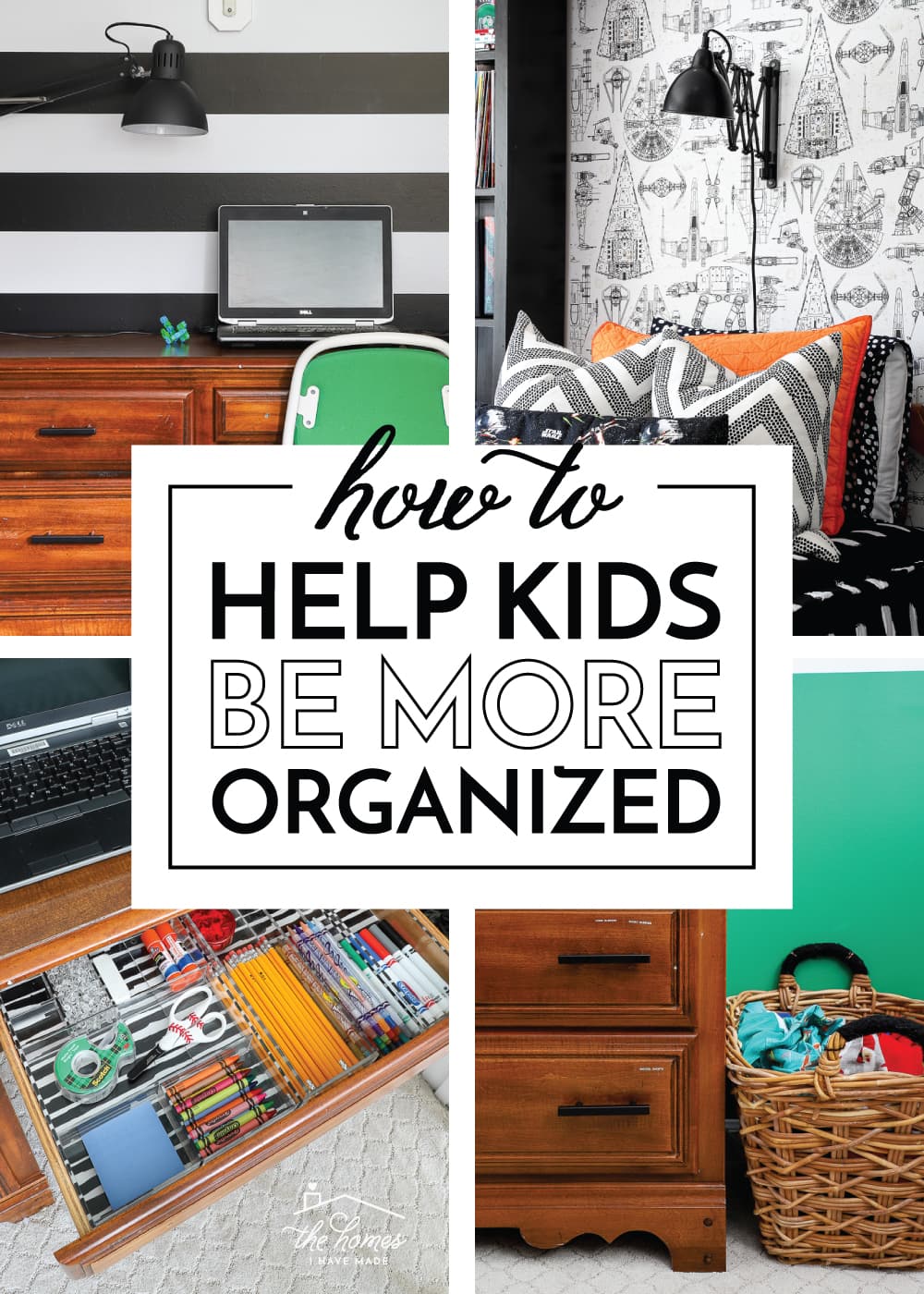
Tip #1: Solve the Problems That Exist
The biggest thing I learned is to identify the real problem spots and situations, and assess those first and foremost. I will admit that I often start organizing projects with fanciful, Pinterest-perfect visions in my head. And this exuberance sometimes causes me to skip over necessary projects in order to get to the fun, cute, picture-worthy ones. I had to really force myself to forget about what would be fun to do or make simply in the name of a great blog post. Instead, I focused on where and how Henry was really struggling and identified feasible solutions to those problems. After we did most of the decluttering and sorting, it became clear he had two main trouble spots: putting toys/supplies away and making his bed. Simply by solving these two main problems (which I’ll share how down below), his entire room (and his attitude toward maintaining it), really turned a corner!
TAKE AWAY. Solve the biggest pain points first. Although harder to take on, they will yield the most noticeable and valuable results.
Star Wars Wallpaper | Beddys Jet Bedding
Tip #2: Declutter Without Them
This is obviously not the first time I’ve had to declutter Henry’s room over the years. And even though he is now older and understands more, I am still much more successful in cutting the clutter without him around. If Henry has a say over every little scrap and toy and book, nothing leaves the room. But if I work through the clutter without him (focusing mostly on removing trash, broken toys, books below his reading level, etc), I am able to provide some instant gratification that even he doesn’t realize he wants or needs. Every single time I’ve gotten rid of stuff without him present, he has 1) NEVER (not once!) asked for anything that’s missing, and 2) always walks in and says “WOW…it looks so good in here.”
TAKE AWAY. If you have a clutter bug too, I can’t overemphasize how much more you’ll be able to clear away without your child around. It may feel mean or harsh, but I promise it’s not. I didn’t toss anything that is meaningful, he uses regularly, or loves. I simply cleared away the junk so he can better see the good stuff he has.
Black Furniture Pulls | Free Star Wars Blueprints
Tip #3: Give Them A Say
That said, my next tip is to give older kids an opportunity to speak up and voice concerns, ideas, and preferences. I am so used to sweeping in and doing what I think will work, but then I get frustrated when I see my really cute and clever system or organizer not being used. Henry spends much more time in his room than I do. He knows where he likes to play, read, etc. He prefers certain things on his bedside table, likes his clothes in particular drawers, etc. By consulting Henry at every turn, about what was working, not working, or how he liked a new solution, we were able to identify fixes that are really working!
TAKE AWAY. (Older) children know their space best. Ask them for input so you don’t waste your time fixing problems that don’t exist or creating solutions that won’t work.
Star Wars Wallpaper | Wall Sconce
Tip #4: Find a Place for Everything
True Story: Every other Sunday night, we pick up the house for our housecleaner. And while most rooms snap back together quickly, getting Henry’s room under control was always a nightmare. After recently sorting through all his stuff, I understood why: although we have plenty of book and clothes storage for him, he had no where to put toys, invention supplies and his finished “creations.” No wonder they were always piled high on every available surface.
After measuring and analyzing (the “A” step in my “SPACE” method!), we determined a 2×4 Kallax would fit perfectly under his window and have plenty of space to hold all the things that landed in random spots. He now has dedicated homes for all those corks, bottle caps, empty notebooks (and everything else he collects); so picking up his room is now a piece of cake. The very first Sunday night after setting up the new system, Henry literally said “Wow, cleaning up is so much easier now that everything has a spot!”
TAKE AWAY. Look around. What’s piling up? Are there designated spaces for each and every thing your child likes to have in their rooms? If not, they will continue to struggle to put things away. Carve out dedicated homes for anything and everything your child collects, keeps, stores, and treasures!
Tip #5: Label
Another true story! For a long time now, Henry has put away his clean, folded laundry himself. But a few months ago, I went in to find something and noticed 90% of his clothes were stuffed into 2 drawers, while the other 7 sat practically empty. After re-sorting his clothes (and letting him decide where everything should go), I told him to grab the label maker. He punched in whatever word made most sense to him, printed them out and put them on each drawer. And now? His clothes are put into the correct drawers every.single.time.
Although you may be able to remember that your underwear always go in the third drawer from the left, kids (especially lazy or distracted ones!) won’t, and labels are subtle reminders to help them build the habit. The same was true about labels for his new Kallax bins. He actually chose to label them with the label maker long before I got around to making cuter labels with my Cricut Joy!
TAKE AWAY. Don’t expect kids to remember where everything goes. Labels…even basic text labels…work wonders in helping them navigate and maintain their own space, as well as create lasting habits of putting stuff away.
Tip #6: Teach Them
Even with really great systems in place, I’ve been constantly reminded that picking up and staying organized is not something that comes naturally to kids (or many adults, even!). Even though Henry now has designated spots for everything (and he “bought in” to every single system we implemented), he still needs subtle reminders to keep at it. Organizing, after all, is a habit we all must build and cultivate day-in and day-out. So every week or so, I’ll go in and say “Where does this go? And where does this go? And how about this?” And within seconds, he has it put away. My hope is that over time, he’ll take the initiative to put things away on his own, and build habits that will last a lifetime.
TAKE AWAY. Like learning how to use a knife or write their name, kids have to be taught how to organize and put their stuff away. Don’t just set up systems and leave it to them. Make an effort to reinforce the systems and praise them when they keep at it. (Modeling good behavior certainly helps too!)
Black Furniture Pulls | Free Star Wars Blueprints
Common Child Pain Points
Okay! So now that I’ve shared some…ummm…”philosophical” pointers to help kids be more organized, let me show you some of the solutions we’ve implemented in Henry’s room. These are some really common pain-point areas for kid spaces, and what we’ve setup is so far working great!
SCHOOL WORK. Years ago, I shared exactly how how we organize and store Henry’s (past) schoolwork. Having this box all setup and ready to go has been a huge time and sanity saver. Now, at the end of every school year, it’s a quick process to sort through everything, decide what to keep, and file it accordingly. This box tucks in on the shelf in his closet (below right), and is out of the way until we need it. I can’t rave about this system enough, and you can check it all out HERE.
MEMENTOS. The schoolwork box is great for any papers, art, and even photographs, but what about the first grade clay sculpture and his preschool Christmas ornament? We store these bigger, bulkier items in a decorative “Memory Box” also stored up on his shelf. You can see how I made ours HERE.
CREATIONS. One of our biggest paint points was where to keep all of Henry’s inventions and creations. These aren’t formal projects that he really wants to keep long-term, but are rather random thing he makes with whatever we have on hand. After we setup the Kallax for toys and supplies, there was plenty of room in the base of one of his bookshelves for these…ummm…”special” items. Having a dedicated spot for them helps him put them away as necessary; and we now have a rule that when the cabinet is full, it’s time to weed out.
THE BED. So…Henry is actually really, really good about the act of making his bed. He does it every single morning without being asked (yay for instilling this habit early!). But his bedmaking skills are lacking, so we always ended up with a big mess of blankets, sheets and pillows piled high on his bed. Since the bed really sets the tone for the entire room, I wanted to find a way to make this process easier for him…ideally one that resulted in a tidier bed. Enter: Beddys.
Star Wars Wallpaper | Beddys Jet Bedding
Oh my gosh, friends! I have followed Beddys for ages on Instagram and finally went for it during this makeover. Beddys bedding is essentially a bed-sized “sleeping bag,” attached to a really sturdy fitted sheet. The entire thing goes on in one easy step, and all he has to do to each morning is just zip up the sides. An added benefit is that he stays covered up all night, and blankets don’t fall off the bed at all! Below is how his bed looks every single day. Seriously…pillows and all. I’m not exaggerating when I say this bedding system is a LIFE CHANGER. Both him and I are completely smitten with it.
Star Wars Wallpaper | Beddys Jet Bedding | Wall Sconce
DIRTY CLOTHES. We have always had easily accessible, open hampers in all our boys’ rooms (as in: not in a closet, not with a lid, not hard to reach, etc). Additionally, we teach them from a young age to put dirty clothes directly into it. Because of these two points, we rarely have dirty clothes all over the floor!
CLEAN CLOTHES. As I outlined above, dedicating certain drawers to certain types of clothes…and labeling them accordingly…will enable kids to put clothes away by themselves. I also recommend teaching them how to stack and un-stack clothes in order to make them fit into the drawers better, since that’s also not something that apparently occurs to them. DIY Drawer Dividers work wonders to help with this!
SCHEDULE. Henry does much better when he knows what’s coming next…either from hour to hour or day to day. In fact, starting school back up recently has given him a routine/structure to his day that I didn’t realize he was missing so much. To help him mentally prepare for the week to come (and to stop him from nagging us about “What do I have today?”), we updated his kiddie chore chart calendar into a student planner, complete with easy-to-use magnets for everything on his schedule. Whether it’s a family calendar, student planner or even a “Daily Docket” of sorts, having a way to help kids navigate the day can build independence and confidence!
Pssst – Keep your eye out for next month’s Toolbox release when I’ll share even more fun ways to use these images with your kiddos!
HOMEWORK. I’ve already shared a comprehensive tour of Henry’s distance learning spot (which will eventually be used for homework if/when school returns to “normal.”) Aside from the handy tips I shared HERE and HERE, my biggest take away is the importance of dedicating a “school spot,” just for him, away from distractions, and fully outfitted with everything and anything he needs for school. Moving Henry out of a house-centric location (like our kitchen counter or home office) into his own dedicated study space helps him get on task and stay on task without issue.
Oh for goodness sakes! My goal was to keep this post short and sweet; but here I am, rambling on for more than 2000 words! Ack! Nonetheless, I’ve actually learned a lot about how to help kids be more organized in recent weeks, and I hope you find these strategies helpful and applicable in your own household. If you have anything that’s really worked for your, be sure to chime in below…because if there’s one thing I’ve learned with kids…as soon as you think something is working, it’s almost time to adapt and evolve!
Megan


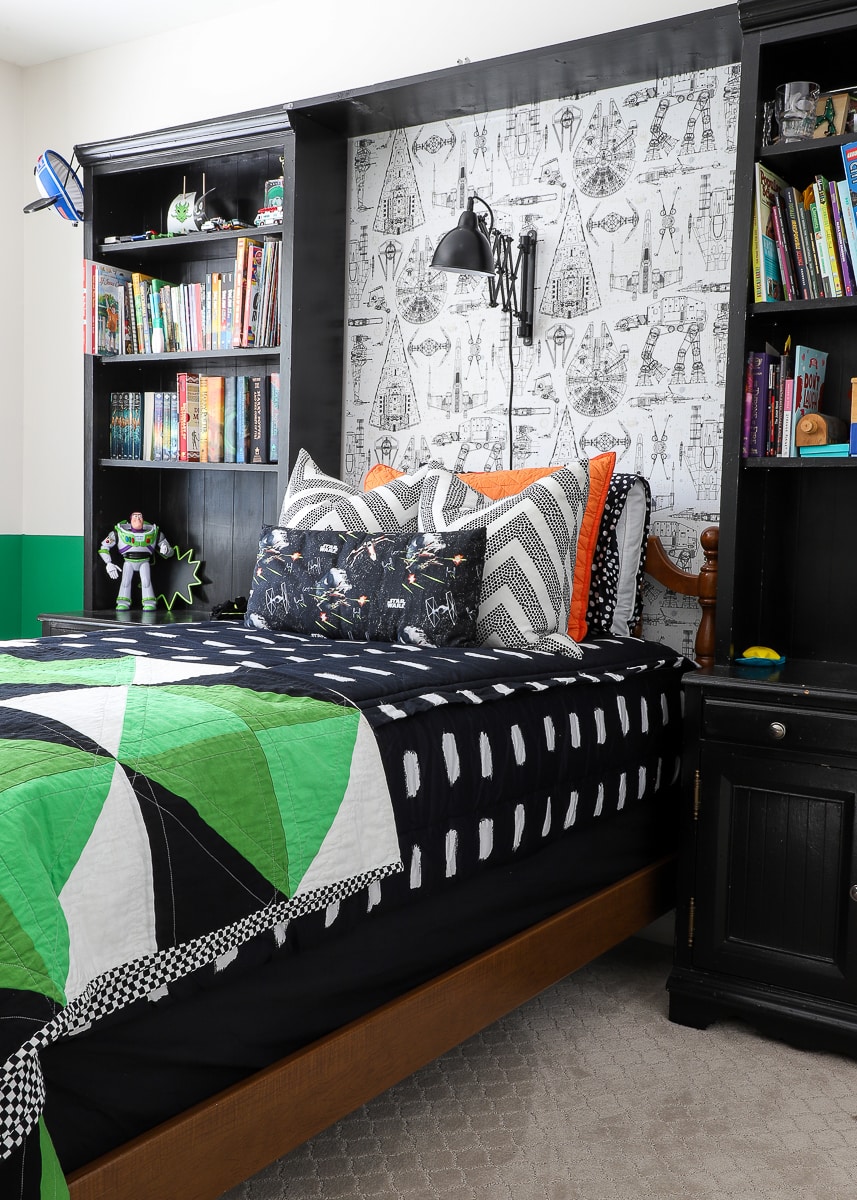
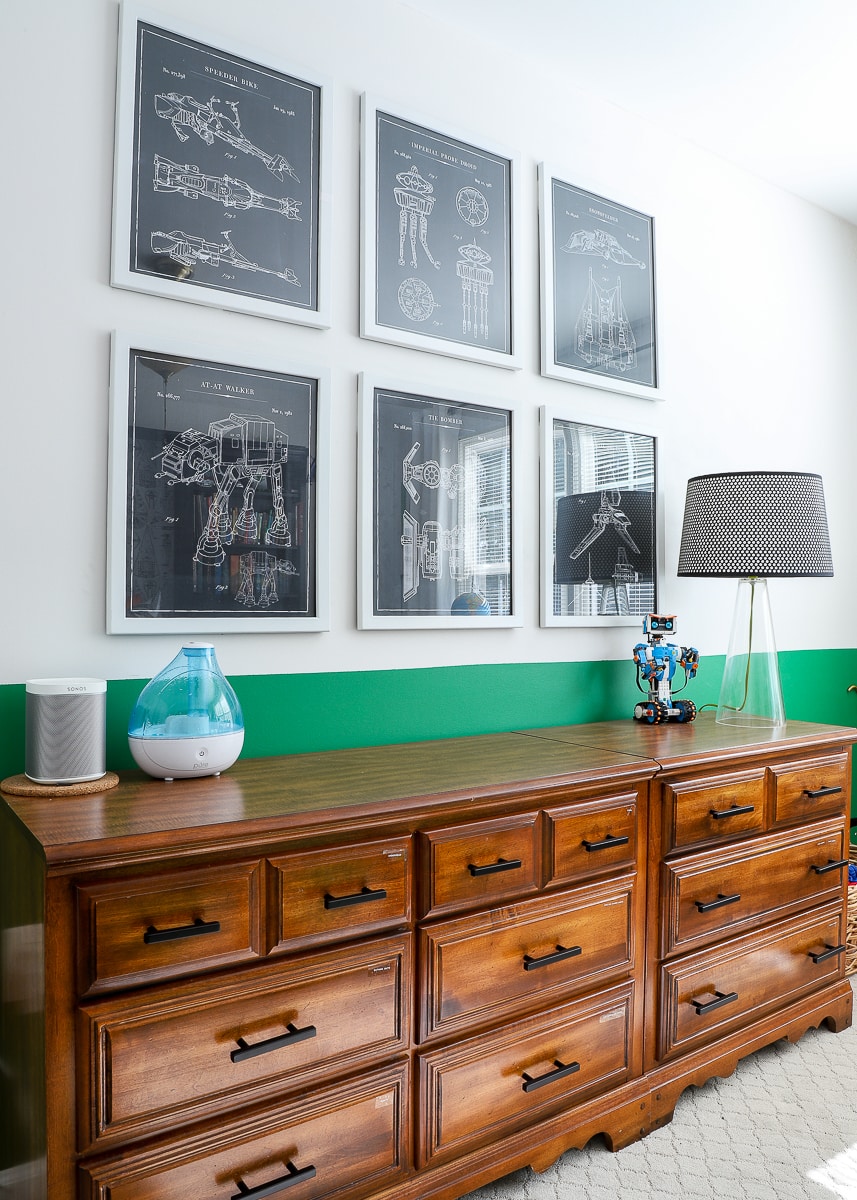

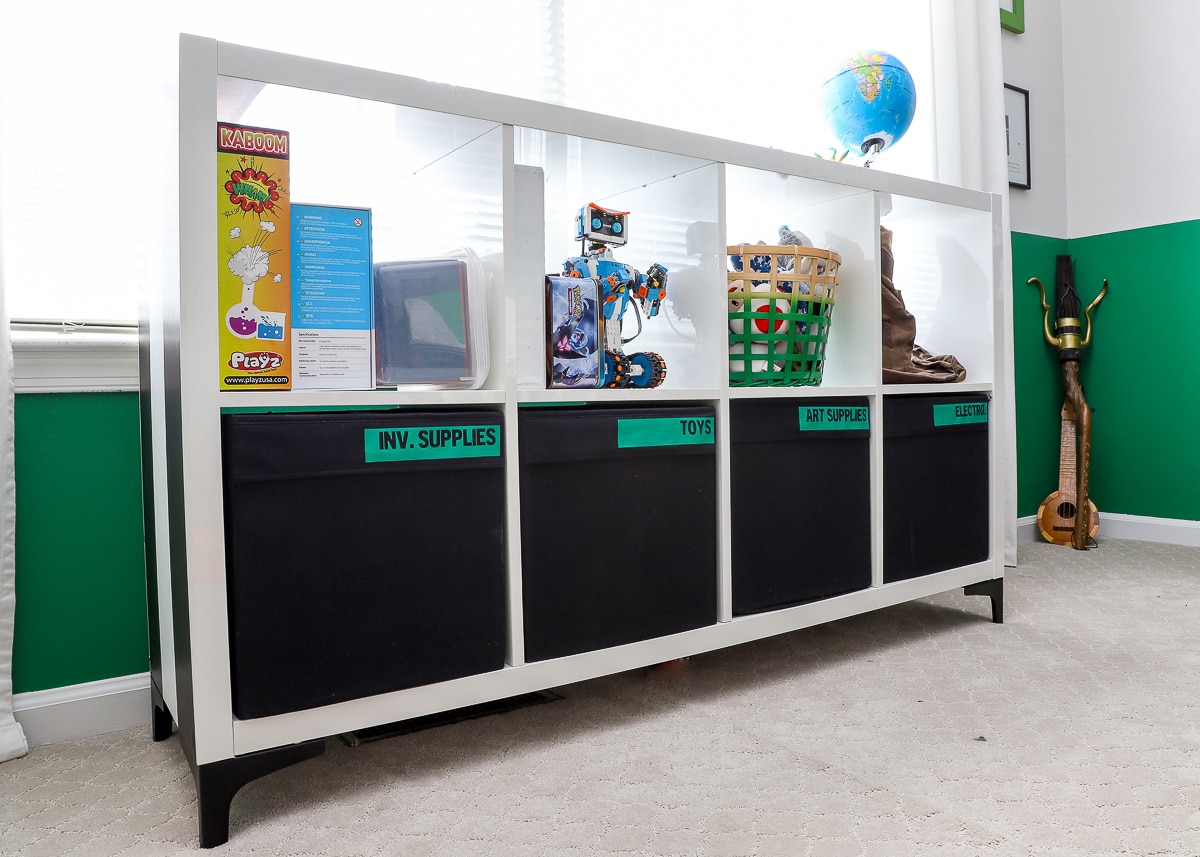
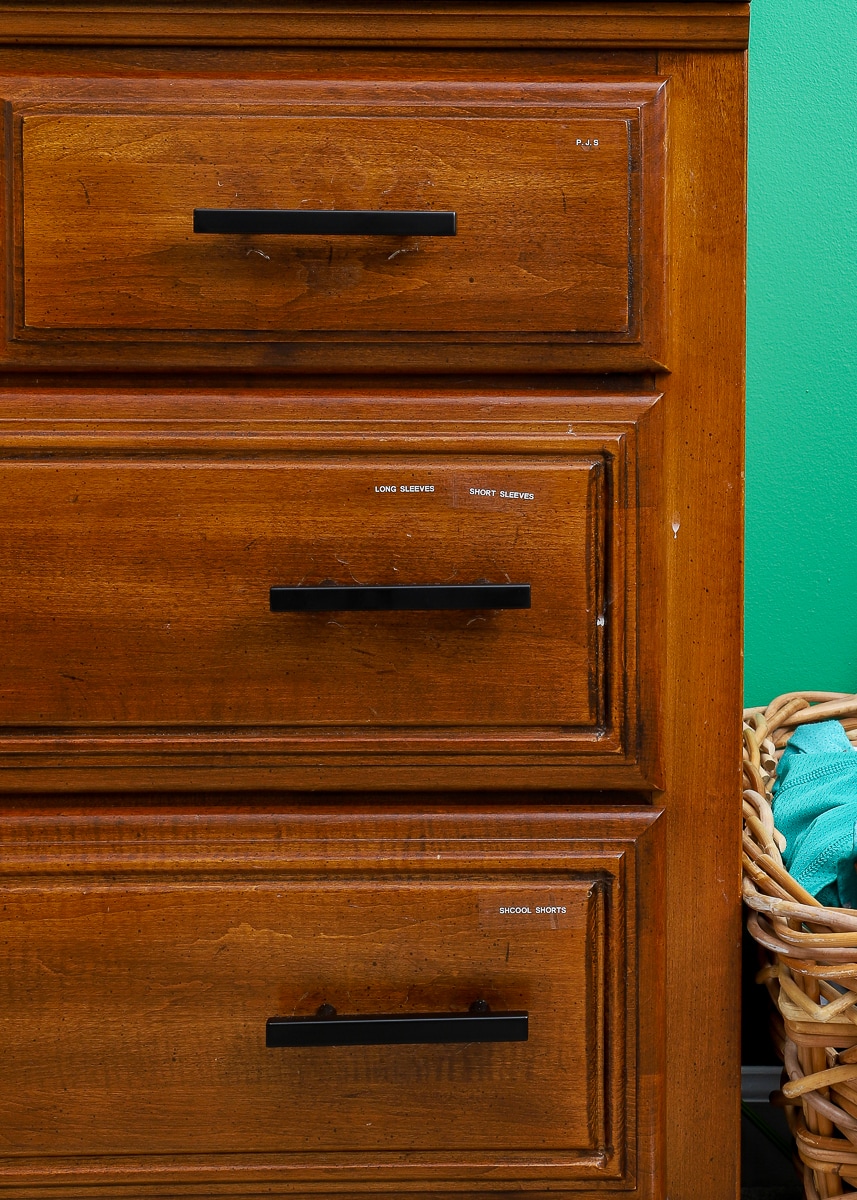
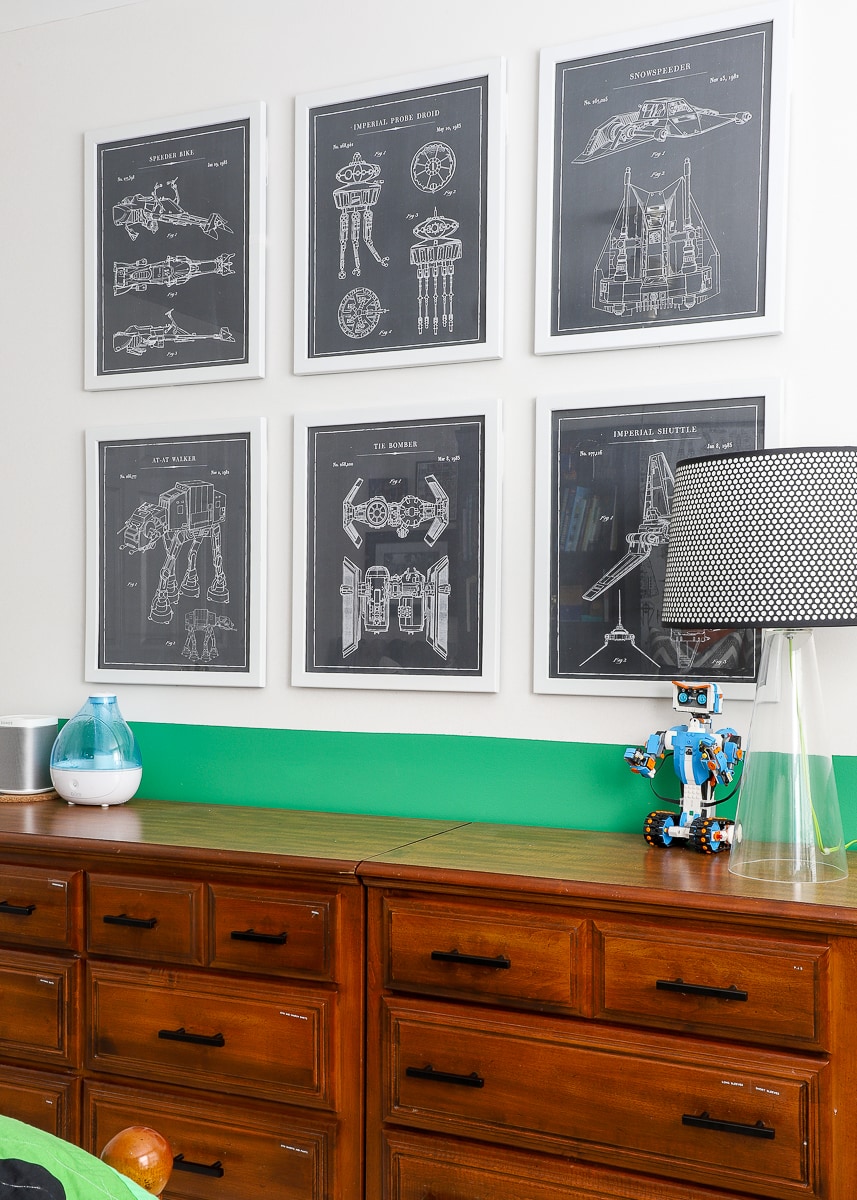
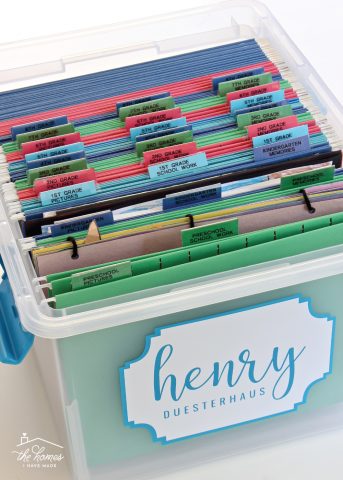
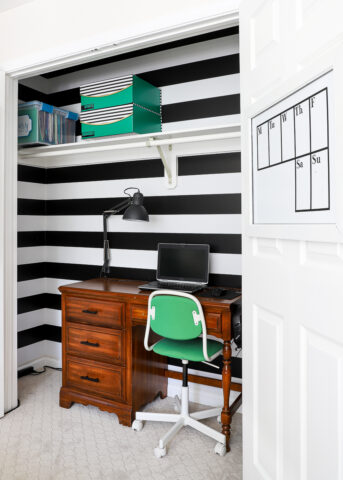
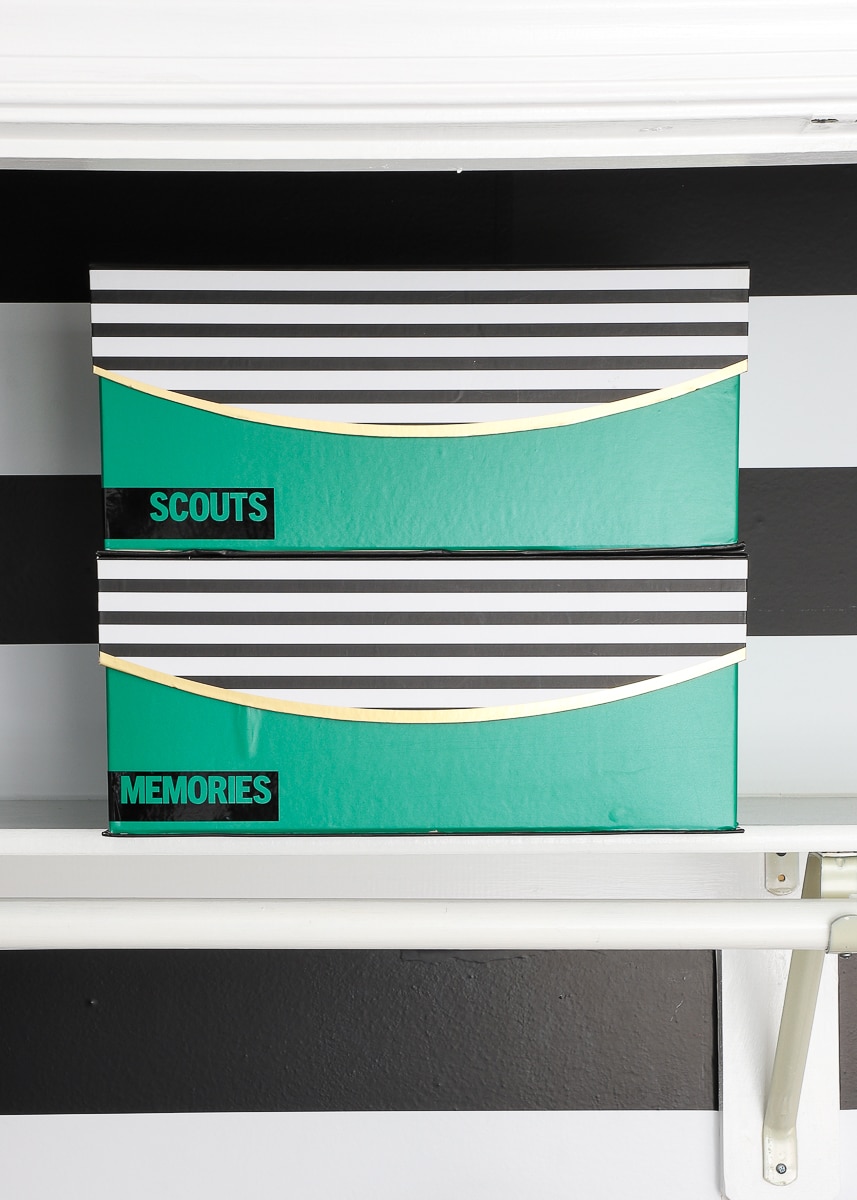
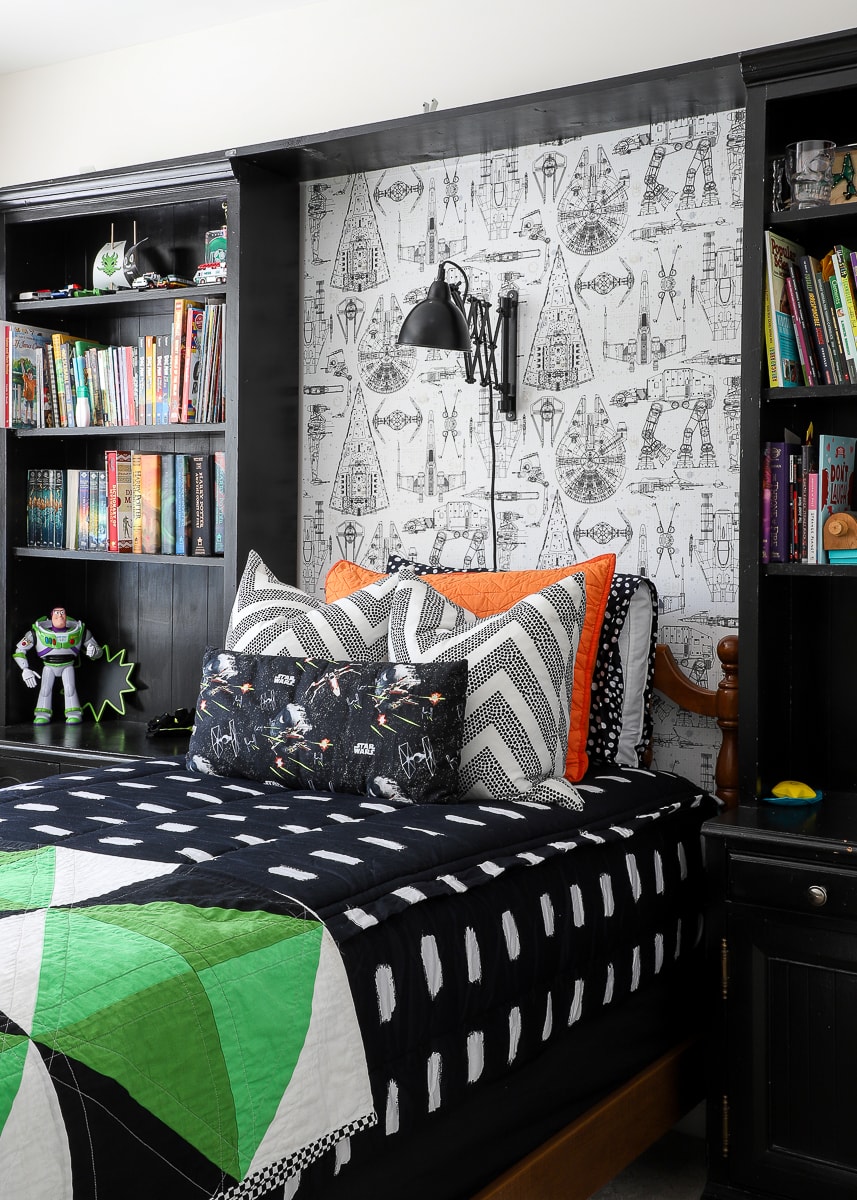
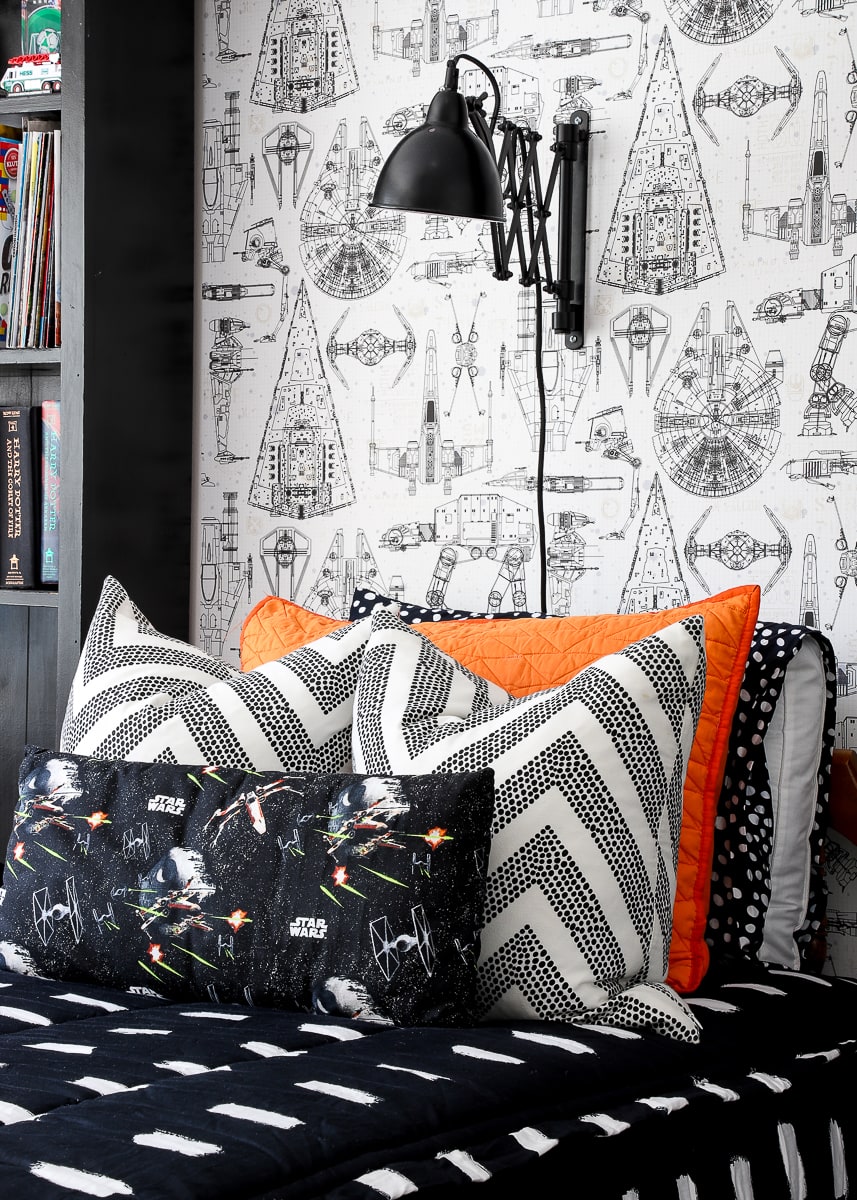
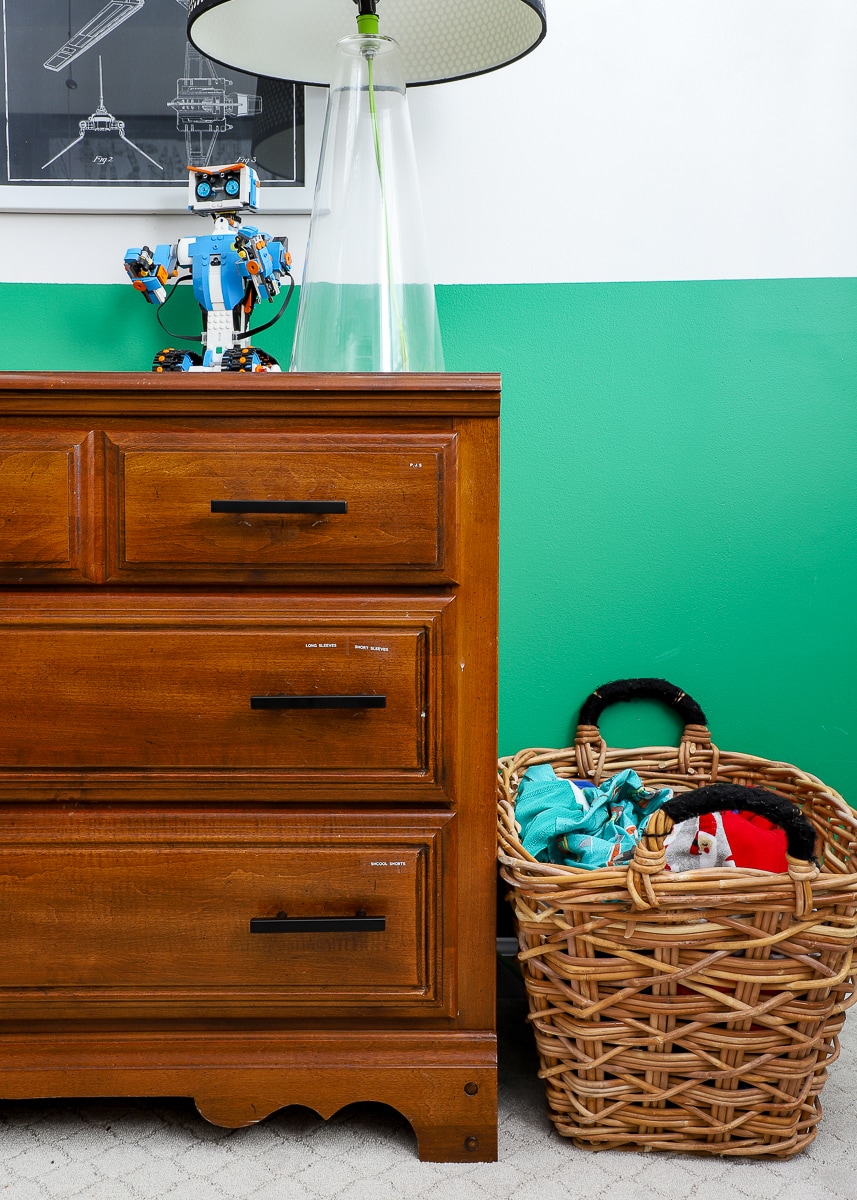
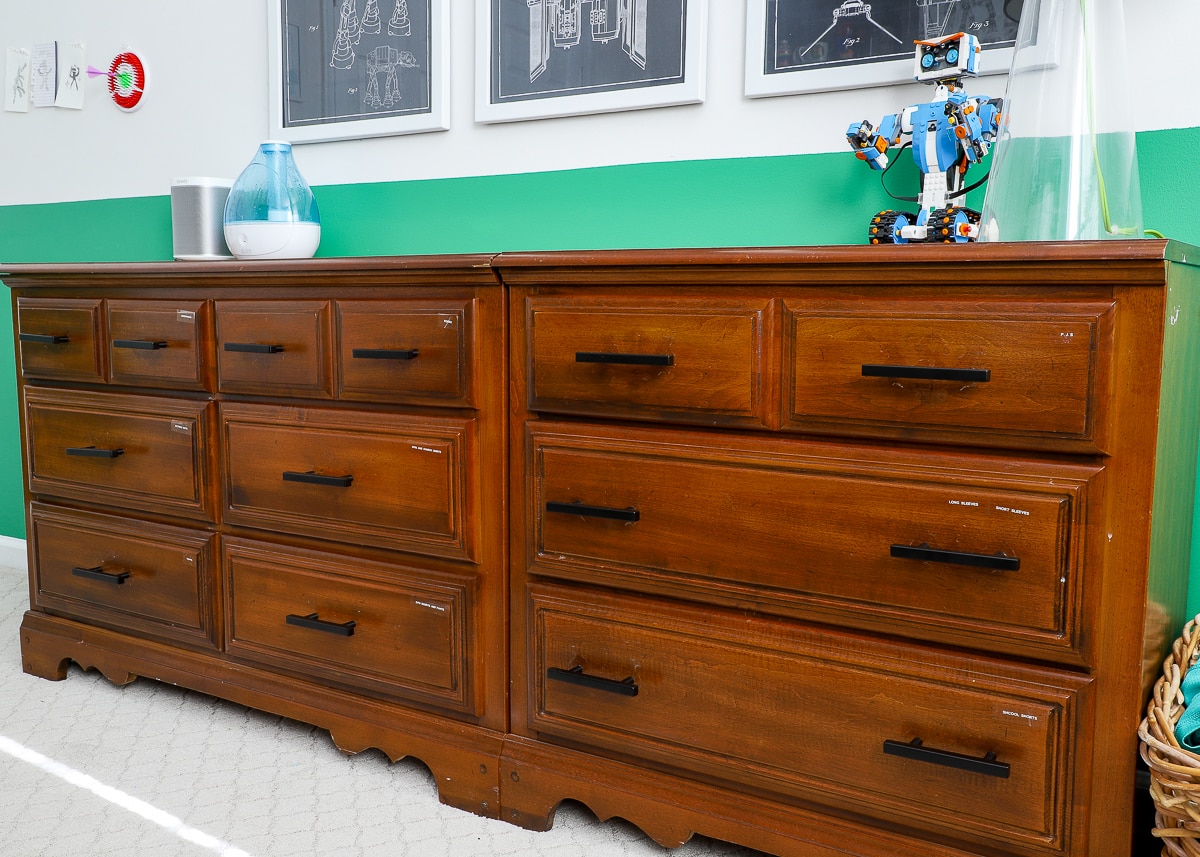
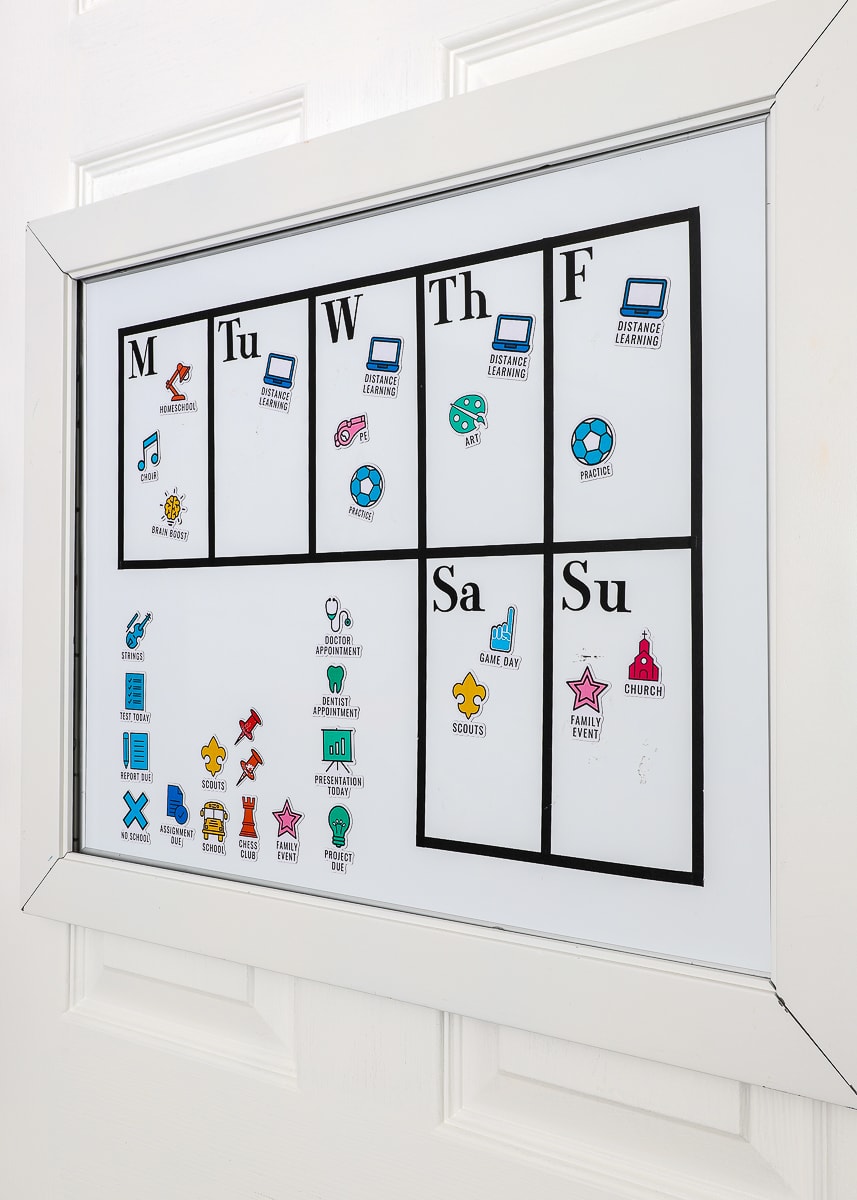
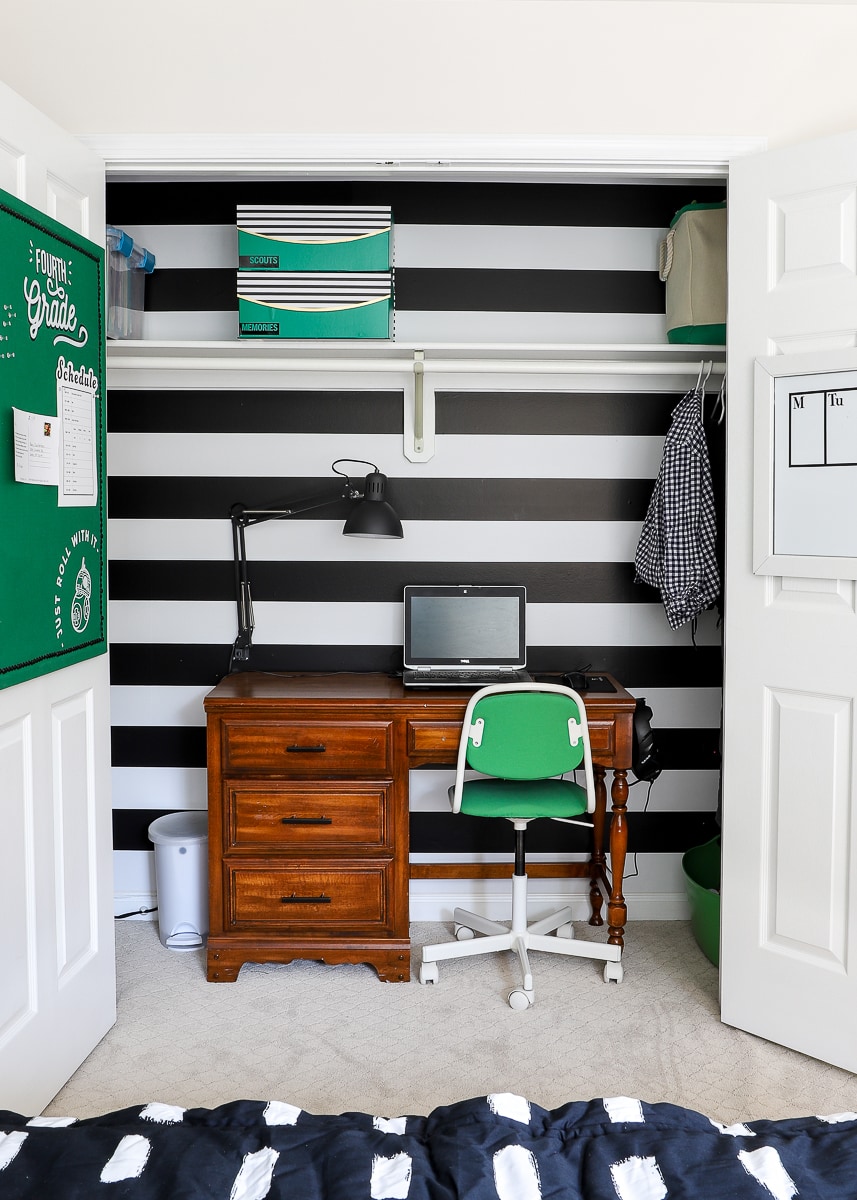
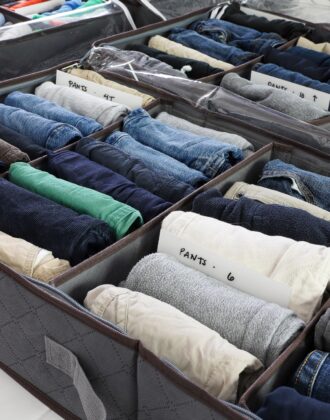
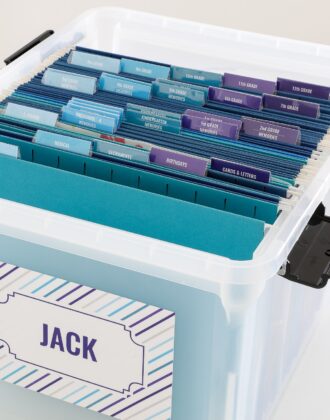
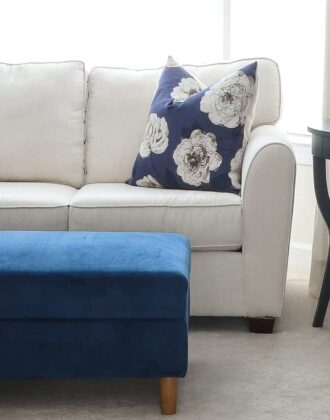
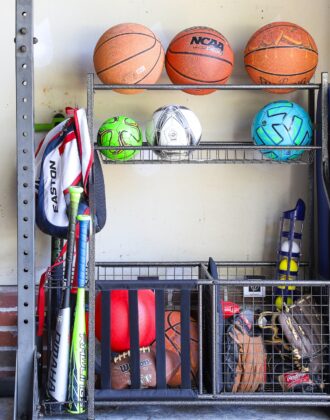

10 Comments on “How to Help Kids Be More Organized – Practical Tips That Really Work!”
I am gob-smacked. I was having the conversation along the lines of “we have to do something about our daughter’s paper use, I’ve spent two days cleaning and you can’t even tell.” I ended on “it’s completely unacceptable”, picked up my phone and here was your post. When does the answer EVER fall into your lap like that?! I can see now that I’ve been trying to get her to use the system that works for me, not the system that works for her. We are going to sort this out tomorrow.
Hey friend!!
I am so glad this post hit so close to home for you! Henry’s room was REEEEEAAALLY bad…but I have to be honest, what we’ve done is working!!!! Every time I go in there, I’m shocked it’s still pretty picked up, which is amazing considering he spends pretty much his entire day up there!!!
Hope you were able to make some progress with your daughter!Megan
Before I had kids, it never occurred to me that organization was a skill that needs to be taught like anything else. Maybe because I can’t remember learning it myself, I felt like it was just natural. HAHAHAHAHA. I love reading your articles because you always show practical and beautiful ideas that make me think “that could work for us!”
Thanks so much, Melissa!!
You know…I don’t think I realized organization needed to be taught either until I was frustrated that Henry didn’t know how to clean up on his own. So I showed him that “the books go with the other books,” and “the toys go with the other toys,” etc Now that we’ve reinforced it (over and over and over), the habit has definitely been “learned”! Hurray!
Megan
Hurray for straight to the comments! Thank you. As I read admiringly through your post, I kept thinking “will this work with my 30-year-old?” Alas, I think that ship sailed. I love the Star Wars plans and wall paper! I’m curious – will Henry let his brothers come in, or is this his retreat only? You’re a great mama for not only making his space truly his own, but teaching him organizing habits for the future. Aloha!
Happy Wednesday, Tenney!
Ha – funny you ask about the brothers. Henry actually FREAKs when either little brother steps a toe into his room. And since Sam knows exactly how to push ALL of Henry’s buttons, he does everything in his power to sneak in and steal stuff. Ugg…it’s a daily battle to keep the little brothers away from the cool big brother’s room 🤪
Have a great rest of the week!Megan
Thank you! I have two clutterbug children. And myself that can use these tips to get everything under control. Thank you for writing down the steps. I have some of these things in place, a home for everything for my son, it is just pure laziness that things never get put back into that home! But this will help. Now to get them to read this and we can work together on the issues of a tidy bedroom. 🙂
Hey friend!
Yeah – I’ve definitely been a bit surprised how much I have to reinforce it. But I’ve noticed the things that we keep working on are getting better (as in, he’s picking them on his own), so once certain areas are “mastered” we’ll move onto others. I am shocked that whenever I go in now it STILL looks really good in there!
Hope you’re having a great week!
Megan
Your posts are not too long; this post is not too long — it contains good explanations for what you have done and how they worked as well as what needed to be tweaked. It was all very well explained and supported. I appreciate your writing style! AND your good ideas!
Thanks so much for this, Elle! The “trend” is to keep things short and sweet and digestible…but I was an English major and writing long is what I do…so I can never seem to keep things short, lol!
Glad to hear you find my ideas and posts helpful – that means a lot!
Megan